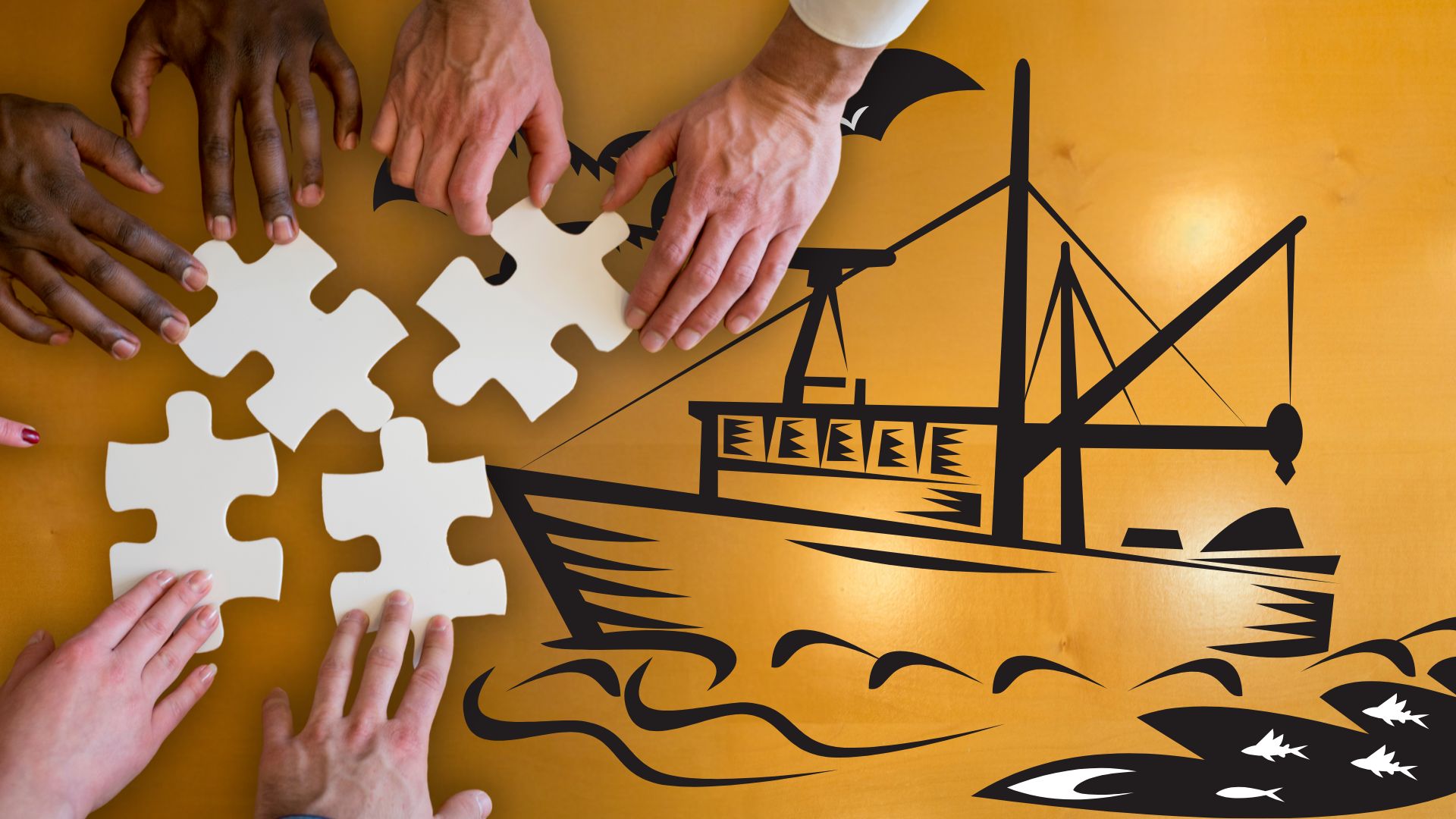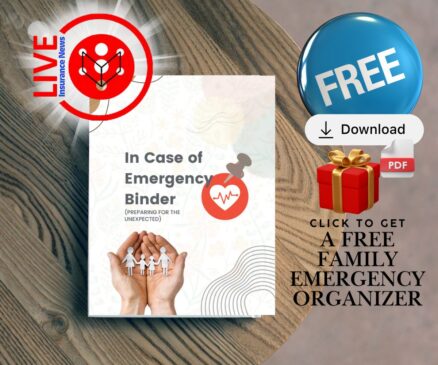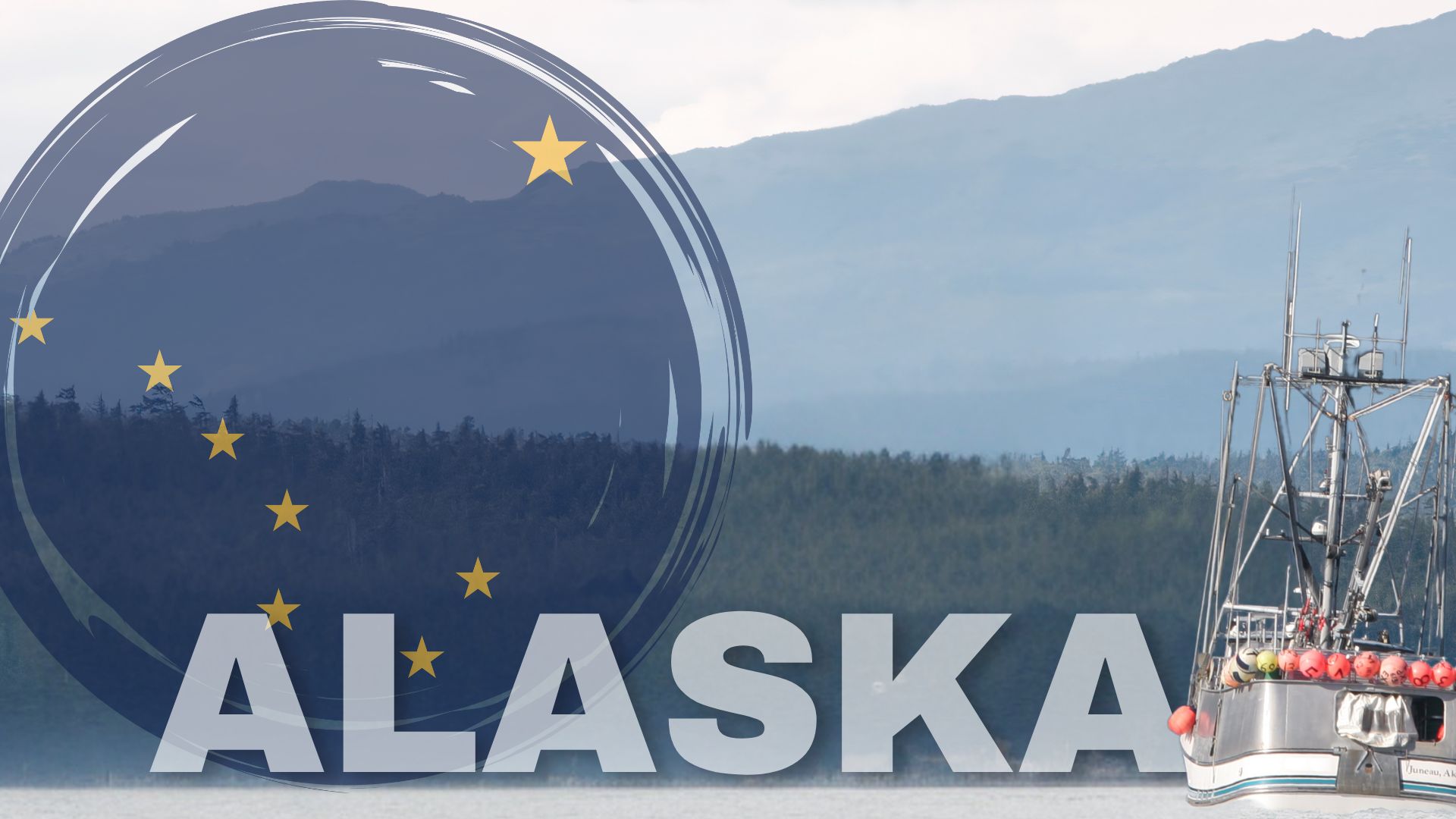Alaska’s Fishing Industry Faces Commercial Insurance Crisis
For Alaska’s commercial fishermen, the rising cost and dwindling availability of insurance have created choppy waters in an already challenging industry. Insurance premiums for fishing vessels have surged, and older boats are finding it nearly impossible to gain coverage. Some fishermen are even contemplating leaving the industry, unable to bear the financial risk.
The numbers tell a sobering story. Alaska’s seafood industry suffered a $1.8 billion economic hit between 2022 and 2023, and higher insurance costs aren’t helping matters. Many older vessels, though seaworthy, have been deemed too risky by insurers. Representative Louise Stutes put it bluntly, “With rising premiums and fewer insurance options, many in our commercial fleet are facing impossible choices.” For these fishing communities, a lifeline has arrived in the form of House Bill 116.
House Bill 116: A Lifeline for Fishermen
House Bill 116, passed unanimously by Alaska’s House of Representatives, aims to address this crisis by allowing commercial fishermen to form insurance cooperatives. These co-ops would be exempt from the state’s traditional insurance regulations, creating a tailored alternative for pooling risk among fishermen. The model is simple yet innovative. Fishermen band together to share resources and manage the financial risks associated with operating vessels.
“This bill is about empowering our fishermen to build a sustainable insurance model,” said Stutes, who sponsored the legislation. She emphasized the opportunity to provide coverage for older fleets while making insurance more affordable and accessible. Alaska is borrowing a page from Washington State, where similar co-op models have shown promise.
The Pros and Cons of HB 116
On the surface, House Bill 116 feels like a clear win. By shifting away from traditional insurance models, fishermen can control their premiums and design coverage that fits the unique demands of their work. For example, fishermen operating older wooden vessels—which many insurers refuse to cover—might finally have access to affordable options. Additionally, co-ops encourage collaboration and a sense of collective responsibility within Alaska’s fishing community.
But the bill isn’t without potential drawbacks. Insurance Commissioner Lori Wing-Heier raised concerns about whether fishermen have the financial stability to fund these co-ops. “I doubt, due to the economic conditions of the fishing industry right now, that the members themselves have the capital to contribute,” she noted. There is uncertainty surrounding regulations as well. Because co-ops would function beyond customary insurance frameworks, there is a risk they may be ill-equipped for addressing major claims. Critics argue that there is a significant danger of coverage gaps for fishermen moving into this novel unregulated approach.
What Lies Ahead for Alaska’s Fishermen?
With the House Bill 116 awaiting discussion in the Senate, it is garnering attention in Alaska’s fishing circles. If it becomes law, it would set a precedent for risk mitigation balance that is more refined and could persuade other states to adopt similar approaches.
For now, the attention moves towards execution. How will the fishermen set up these co-ops? Who will control the governance structure for participation restrictions, and how will they manage large claims without traditional reinsurance slaving partnerships? All of these are pivotal but rather straightforward to advanced riddles.
If Alaska is able to maintain its deeply embedded fishing economy, the economic effects of HB 116 may enable the State’s identity to flourish. The co-op model, if executed correctly, could greatly enhance the industry’s risk management, ultimately relieving the burdened communities. Alaska’s fishermen, for now, are just left hoping this lifeline can support them.


